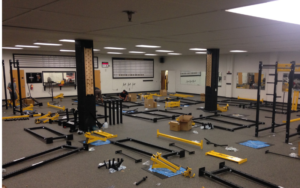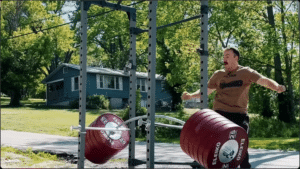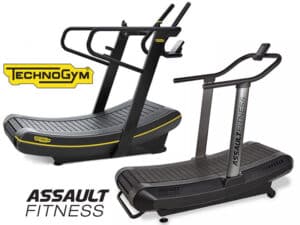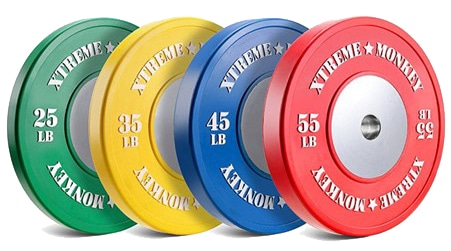WHAT WEIGHT PLATE DUROMETER RATING SHOULD YOU CHOOSE?
What is a Durometer Rating?
A durometer rating is a measure of a material’s hardness – the higher the rating, the higher a material’s resistance to permanent indentation.
A “shore” rating is the same thing. The Shore Durometer was invented by Albert Ferdinand Shore, and the hardness scale bears his name.

For bumper plates, a high shore rating means less bounce.
On the flipside, less bounce means louder drops. All that kinetic energy has to go somewhere.
If your priority is quieter drops, crumb rubber plates are your best bet since their shore rating is usually somewhere in the “Medium Hard” to “Hard” range on the scale.
If your priority is a dead bounce and noise level be damned, competition plates are a better option since their shore rating is usually somewhere in the “Hard” range on the scale.
How is it Tested?
Durometer hardness tests measure the depth of an indentation in the material created by a given force on a presser foot. This depth is dependent on the hardness of the material, its viscoelastic properties.
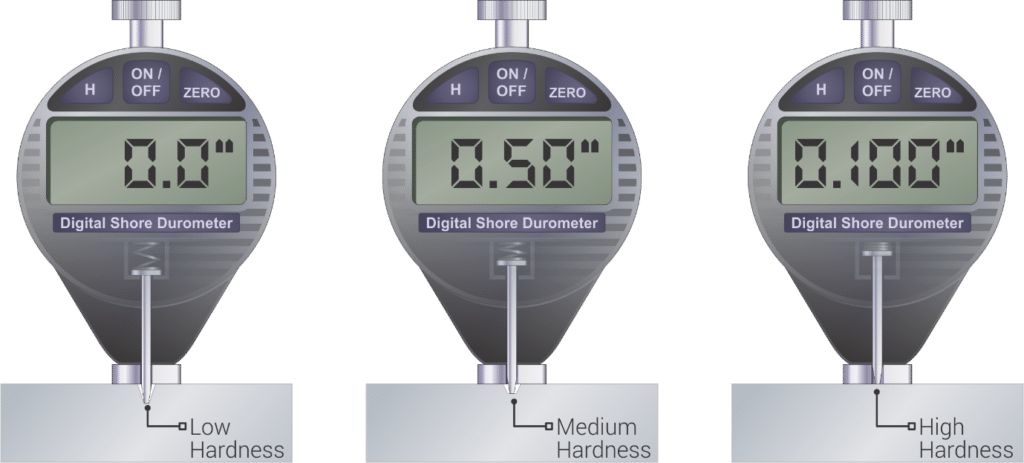
Why Does it Matter with Weight Plates?
There are two reasons you need to care about the hardness of your weights plates. If you’re dropping from an overhead position, you don’t want your plates bouncing all over the place. Alternatively, the harder the plate, the less force it absorbs meaning that force goes into the floor. If you have a facility with noisy shaky flooring, that’s going to make a hell of a bang.
How Does Flooring Affect Choice?
Tile thickness, material and shape, all affect absorbance of kinetic and sound energy. Thicker flooring will absorb more sound and give less bounce. Harder material will give you more stability, this is why lifting platforms only have rubber where the plates hut and not under foot.
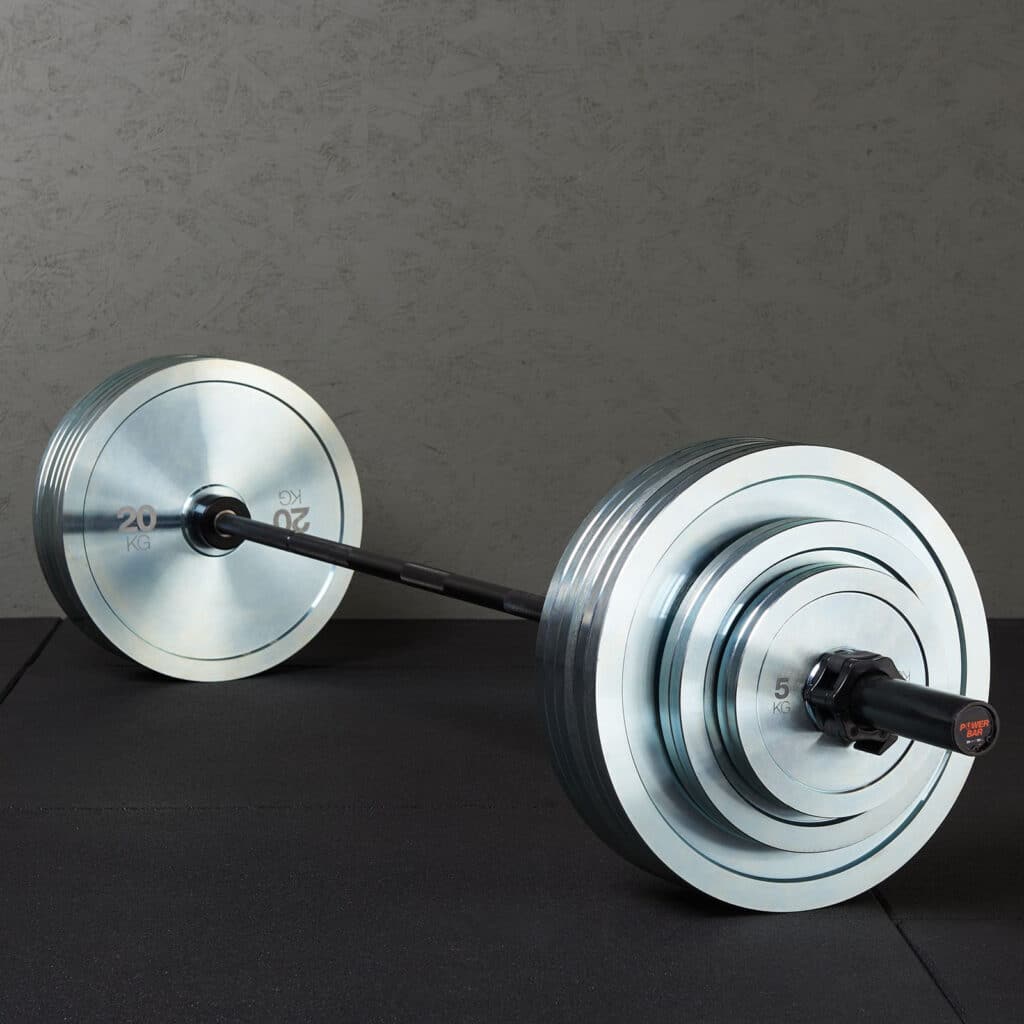
What Other Factors Influence Choice?
Price – The harder the material the higher the price. Increased density means increased price.
Appearance – New plates with a lower durometer will look the same when they are new, after a few months, the less dense lower durometer plates will mark easier.
Smell – Lower density plates may give off more of a smell.
Size – Higher density higher durometer plates are thinner.
Conclusion
Durometer rating is the hardness of the plate, the higher the rating, the less bounce you will have from the plate. A higher durometer rating also increases the force and sound going into the surface. Flooring has an affect on the affect of the impact. Higher durometer rating plates are more compact, wear better and are thinner.
All of this said, most people will be fine with standard bumper plates unless your facility has athletes training for competition.
For the most competitive pricing for Plates, Flooring and all your gym equipment, get in touch.

